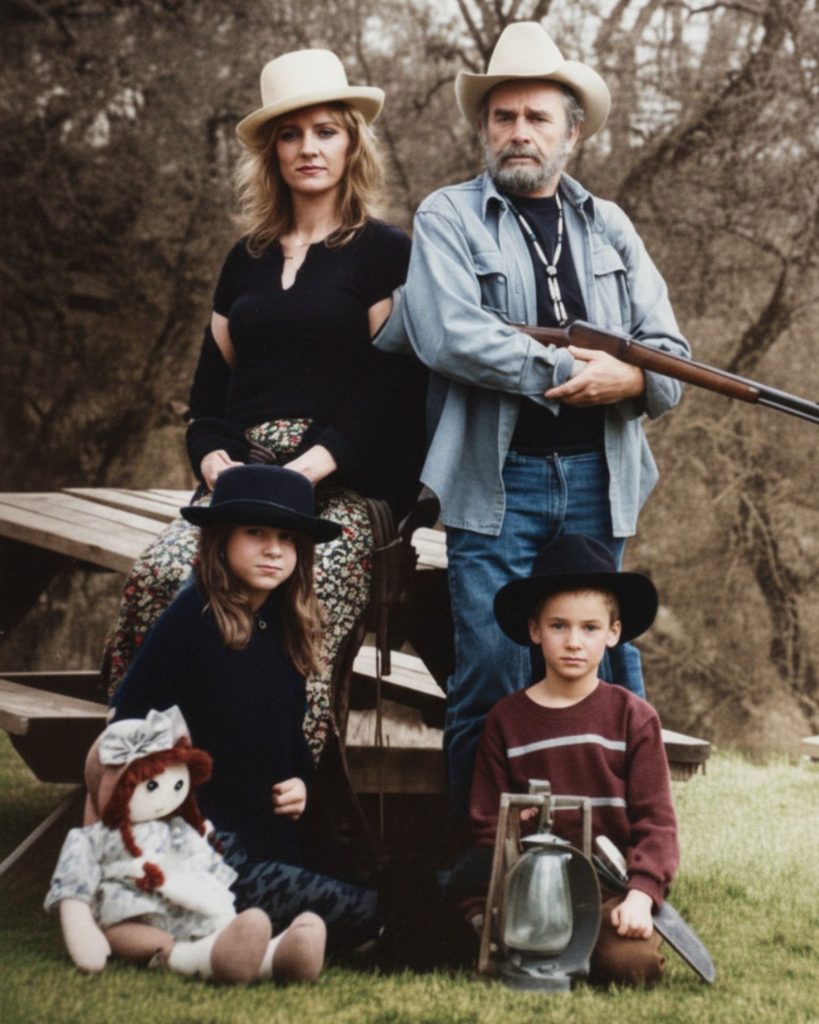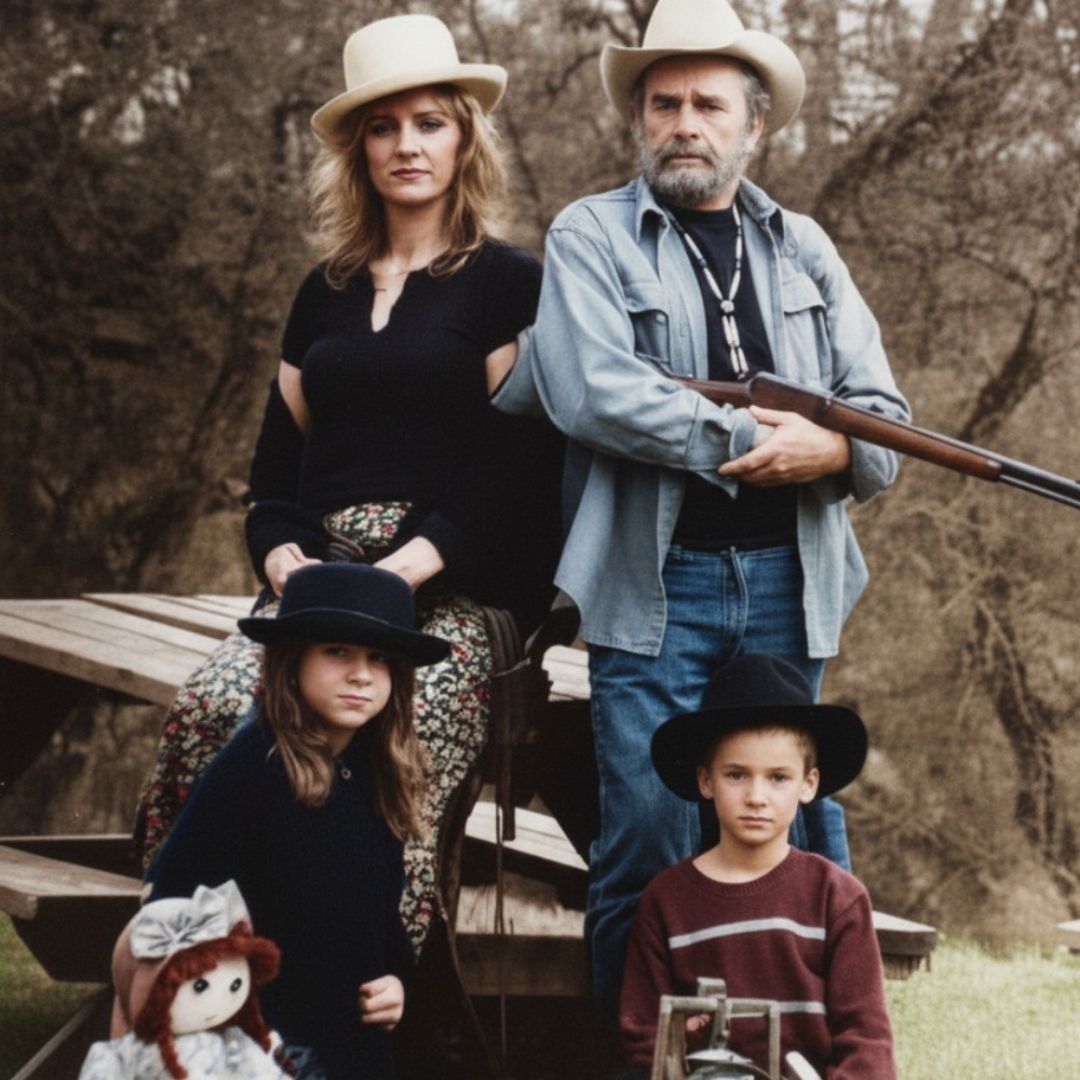
Originally penned and popularized in the early 1950s, “The Wild Side Of Life” quickly became a cornerstone of the honky-tonk era. Its lyrics carry a distinct tone of sorrow, regret, and reflection—a man lamenting the choices of love lost to the allure of nightlife. The song spoke to a generation that understood the fragile balance between love, temptation, and the changing cultural landscape of postwar America. By the time Haggard approached it, the song had already earned a revered place in country history, yet he managed to breathe into it a renewed sense of authenticity.
Haggard’s performance of “The Wild Side Of Life” does more than replicate an earlier classic; it reimagines it through the lens of his own lived experience. Known for his natural phrasing and deep, resonant delivery, Haggard had the rare gift of making every lyric sound personal, even if he was not the one who first wrote it. When he sang this song, it was no longer merely a piece of country’s past—it became part of his own narrative tapestry. The sorrow in his voice mirrored the hardships of a man who had seen life from both its troubled edges and its moments of redemption.
For seasoned listeners, Haggard’s rendition is not only a musical performance but also a cultural preservation. It represents his lifelong reverence for the genre’s forefathers while simultaneously affirming his place among them. His delivery of “The Wild Side Of Life” carries an intimacy that makes the audience feel he is confiding in them personally, an effect only possible when an artist is completely at one with the material.
Ultimately, the song stands as a bridge between eras. It allows modern audiences to step back into the raw spirit of honky-tonk while hearing it filtered through one of country’s most distinctive voices. With Merle Haggard, no song is simply performed; it is lived. And with “The Wild Side Of Life”, he reminds us of the enduring truth that the best country music never fades—it lingers, like a familiar voice echoing through time.
Video
